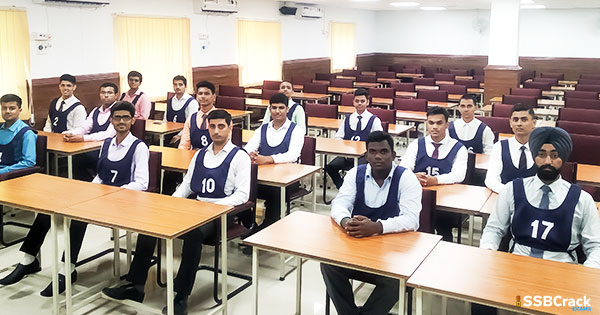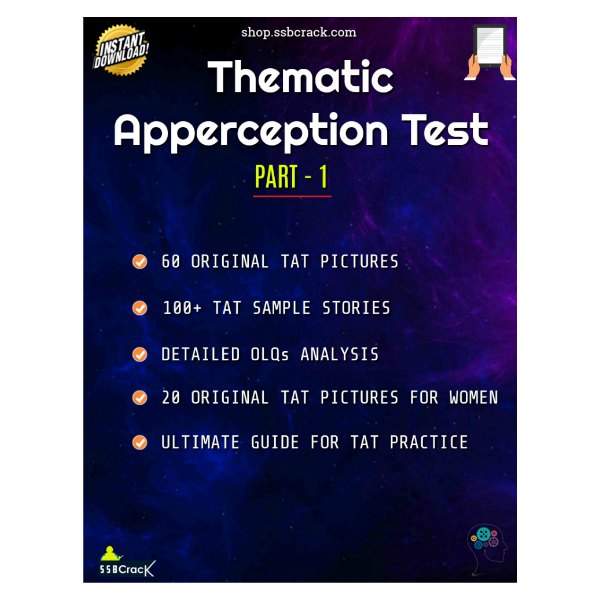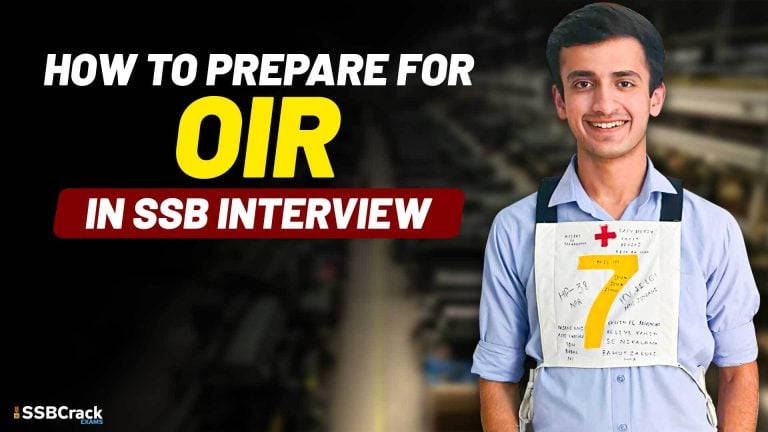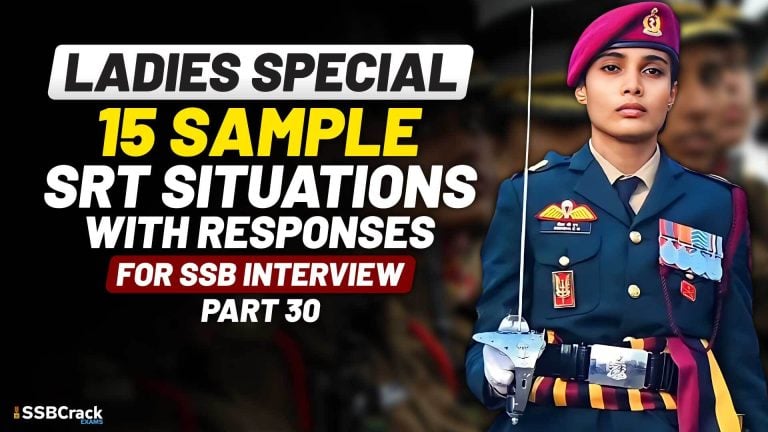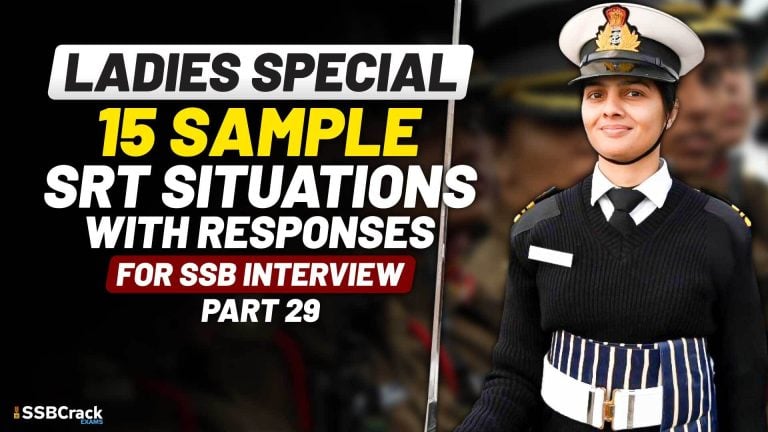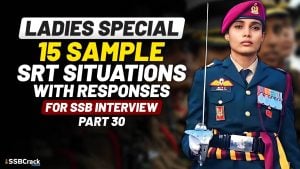Thematic Apperception Test aka TAT is the first test in the series of the Psychological Tests that you face in Stage-II of SSB Interview. There are different ways in which you can improve and write better stories in your TAT. The first way is by understanding what is required out of you through this test. In this article, we are going to talk some basics about the TAT and see how you can improve your story writing. There are basic things you must keep in mind as follows:
- The picture by itself will tell you what it requires- whether it is a visionary one or if it requires a reactionary concept.
- The objective is not just to write a story, but also to react to the story. It requires you to come up with a plot that will decide the flow of the story.
- Stick to short term and practical goals. Do not create unnecessary issues and situations but stick to what is visible in the picture.
- Priorities your problem-solving approach as shown in the picture and assume options in a real-life situation.
- The aspirant has to react to it and make a plot that manifests the urgent problems in the situation that needs taking care of. The solution that the hero comes up with should also be one that shows his qualities and skills.
Let us talk more about the crisis managing leadership potential further with an example.

The situation shows a female drowning. There are a lot of people around at the scene, but none of them are taking any measure to save her. This situation needs your immediate attention and problem-solving skills and any delay in this can prove fatal to the lady.
When faced with such a scene, every person that attempts the question will write that he jumped in and saved the drowning lady. It is easy to say that they will jump in and save the lady when there is no jumping involved in real life. But psychologists have a special tool that they use to differentiate the fake jumpers from the one who will really jump. They can find out if you are actually who you say you are or if you are a fake jumper, who only jumps in stories and fantasies.
You can find some clues in this desirable story
Story
Surya ran inside her home and woke up her elder brother who was resting after representing Bihar in the nationwide 4000m relay. Sunil, her brother who is a student of Engineering at the nearby T.I.T College, awoke from his sleep, realizing the urgency in his sister’s voice. He rushed to the pond and jumped where he saw the ladies hand before they went down and dived in to rescue her. He frantically grabbed her by her hair and dragged her unconscious body to the shore. He pressed the woman’s stomach to remove the water that she had consumed and gave her the necessary first aid. By then the fire force and the ambulance came and they took over from there.
In the above example, the situation is a lady drowning in a lake. Let us talk about how this example fulfills the question and what the assessors are looking for in them.
- First essential: The hero’s identification. In the above example, we have already identified the hero as Sunil, an engineering student from Bihar who is also a state level athlete.
- Second essential: The identification of the task. The task is what the hero is faced with and has to do. It means a problem, crisis or risk that needs to be solved. In this case, it is the drowning woman that needs to be rescued.
- Third essential: The crisis management. How the hero faces and uses the resources given to him to tackle the situation. In this case, it is the process of saving the drowning women which require courage, risk taking ability and leadership.
- Fourth essential: The outcome of the situation. The result is the most important part of the situation. Was your hero able to tackle all the crisis put forward and reach his goal? In the story, the hero saved the female from drowning and pulled her to the shore. He also tried to do basic first aid measures on her to keep her alive. This saved her life and kept her alive till the ambulance came and began treating her.


